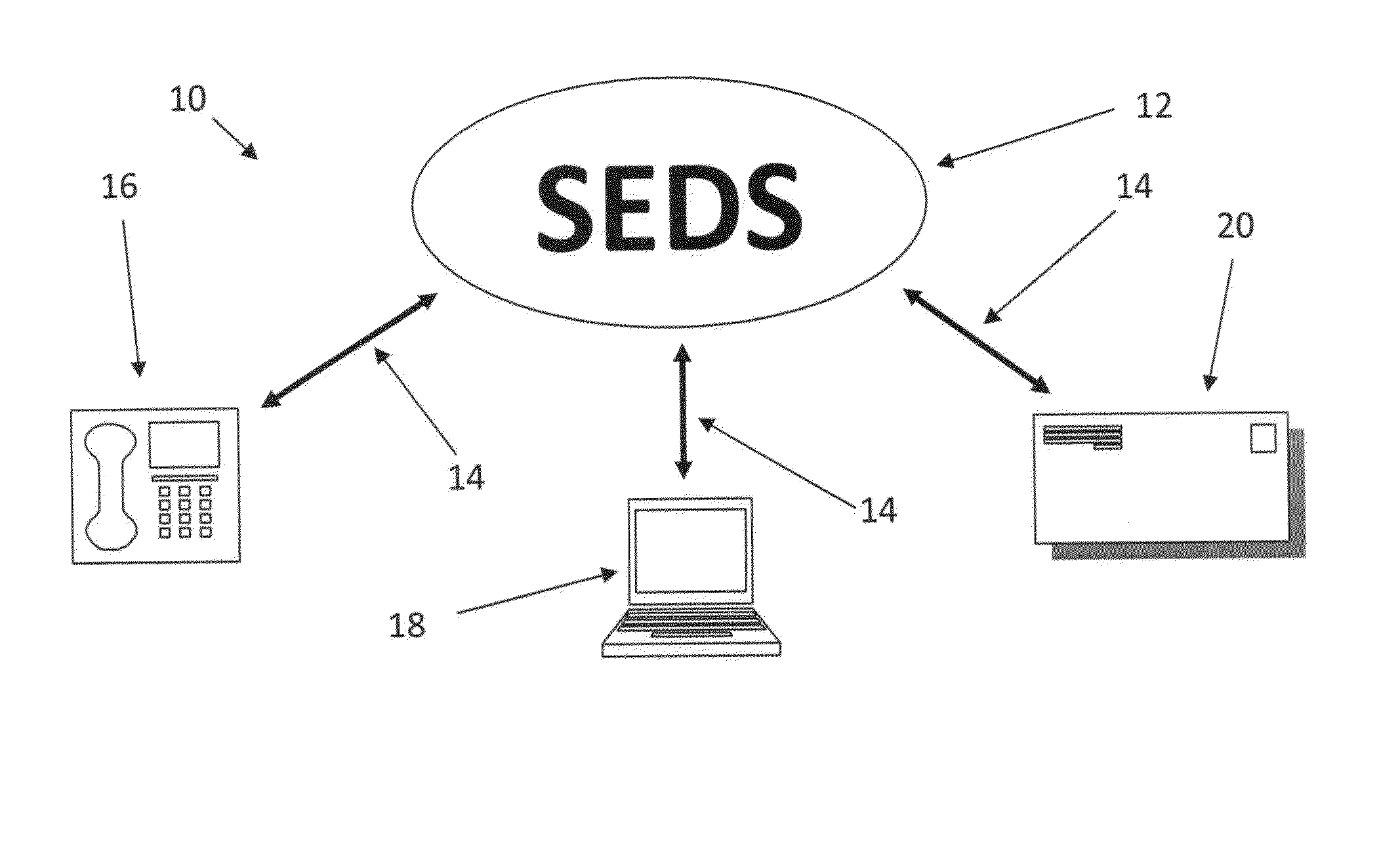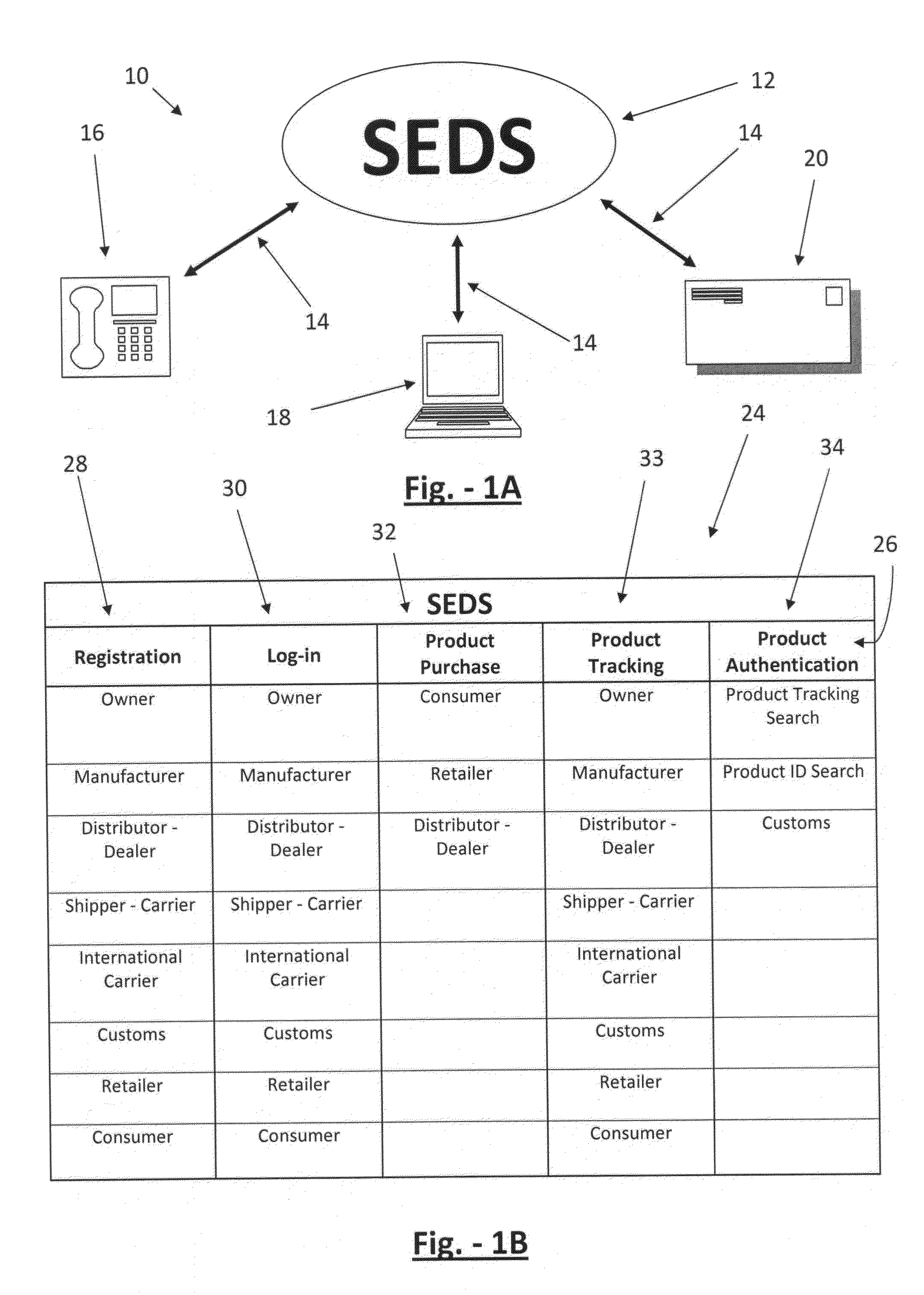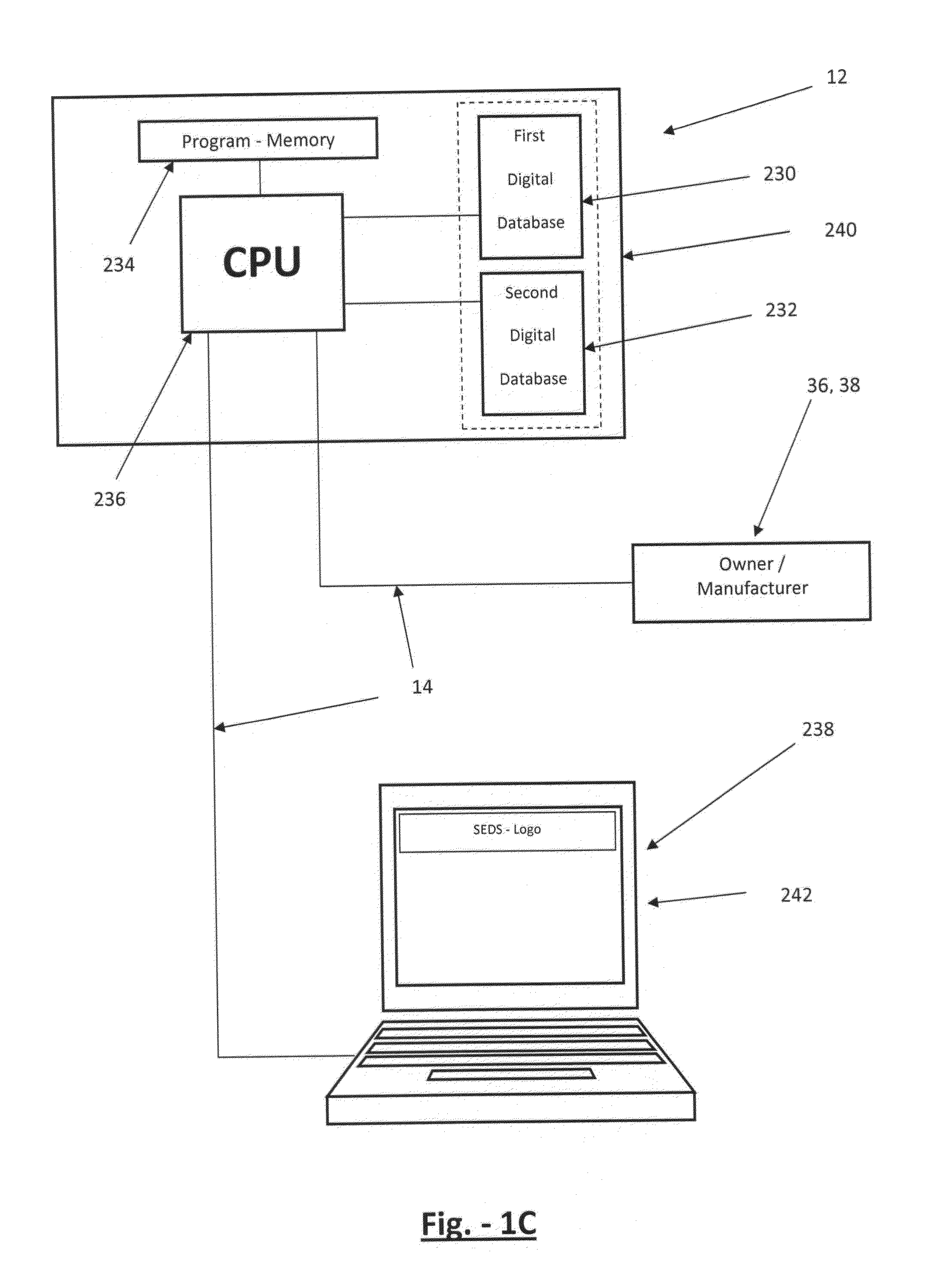Counterfeit, tainted and pirated product trademarks and infringed patents are rampant world-wide.
These illicit products can also be found in very expensive brand name
consumer and institutional articles, critical safety and performance-related automotive and high-tech
aviation components for both the civilian and military applications,
nuclear industry, driver licenses and other personal identification documents, nation's currencies, coins, popular and mission-critical military and commercial grades of IC chips,
computer hardware and
software, health supplements, pharmaceuticals, security application holograms and numerous medical items.
Since the counterfeit, tainted and pirated products could be secretly introduced anywhere in a distribution or sales channel and cover very wide spectrum of goods at various pricing levels, they undermine the finances, health and safety of a wide range of bona fide manufacturers, distributors, consumers and the general public.
Many counterfeit and tainted products are surreptitiously produced without the knowledge of the brand owner, in the same production facilities which produce the original and authentic products, but using inferior or hazardous materials and
workmanship.
It is prohibitively expensive and
time consuming to test each of such complex chips to assure that they are tamper-free.
While much of counterfeit and pirated
consumer products are clearly directed for final and non-hazardous customer's self-actualization, status or vanity, an appreciable number of such products clearly present life or death, health and safety concerns.
In addition to outright product counterfeiting and piracy, there are also five additional types of consumer fraud which are closely related to product counterfeiting.
In addition to inflicting increasingly onerous financial loses to the bona fide creators, manufacturers, distributors and retailers from stolen revenue,
trademark, copyright and
patent infringement, loss of manufacturer's reputation or good will and market integrity, the counterfeit products continue to
pose the following additional problems: (1) Increased safety and
health hazard issues arising from non-effective and lethal supplements and medications as result of ineffective or hazardous materials, adulteration,
dilution, misbranding, shoddy and unregulated
workmanship delivered to the final consumers and consumer-producers, which also include institutional and governmental agencies.
Not only are these consumers risking their health and lives to questionable formulation and preparations from unknown manufacturing, distribution and retailing sources, but they are also infecting their computers with
malware programs which frequently originate from such web sites.
(3) Increased cost to the taxpayers for the employment of additional customs agents and inspectors, higher costs of products to the final consumers due to genuine manufacturers', distributors' and sellers' revenue losses, increased insurance rates and expenses for defensive and legal actions and liabilities in effort to protect themselves and the product brand.
(5) Increased cost of recalling counterfeit products by bona fide manufacturers for testing and verifying whether it is or not their genuine product.
(6) Loss of domestic jobs and tax revenues to the bona fide manufacturing.
Further, in addition to the plurality of counterfeit and tainted cases in the United States, it is extremely difficult or almost impossible for the average consumers to discern or differentiate counterfeit products from original authentic and proprietary products without specialized training, special and expensive testing or detection equipment.
Counterfeiting methods are becoming more complex and difficult to track, affecting almost every product and every nation.
Further, it is difficult in many cases, even in the United States, for distributors or their retailers to differentiate between genuine products and counterfeit products if: (a) there is no clear
cut, direct and authoritative distribution channel and
documentation trail back to the bona fide manufacturer, or (b) if the products are procured from undocumented, non-certified or fraudulent bargain-bin part brokers who obtained their parts from unknown sources, and the third-party sources during supply shortages or product-life termination by the manufacturer, thus making tracking the product very difficult.
However, all of these prior art embodiments of anti-counterfeiting methods and processes have some significant drawback which makes them inferior to, and significantly differentiated, from the present invention.
This knowledge and equipment may be available only to some of the larger institutional buyers with large budgets, while at same time being completely out of the reach of the average and non-expert consumers.
(2) Implemented security methods lose their effectiveness over time as many professional and skillful counterfeiters
gain the capability to duplicate them.
This leaves the customers with a false sense of security as to the authenticity of their purchased product.
For example, while the holograms are touted to be one of the best anti-counterfeit methods, their effectiveness is reduced if an average consumer is not able to differentiate between the genuine hologram tag and a fake hologram tag.
Likewise, since many of these aforementioned embodiments require secret codes for
verification, they are impractical for the average, non-technical consumer and are thus seriously limited in their overall anti-counterfeit applications.
In
actual practice, a superficial appearance or performance of an inexpensive counterfeited tag is enough to fool the average, non-technical buyers.
(3) Since
the Internet has become one of the increasing sources for various forms of economic fraud, the aforementioned security methods are not very effective for the average consumer, especially for the products purchased over
the Internet from the international sellers overseas, instead of the international manufacturer with near or local distribution presence.
Once the buyer receives the product and discovers the counterfeit, it can be very difficult, or nearly impossible, to return the products to the seller for the refund.
In addition to the loss of purchase money, the consumer can also lose the integrity of his / her
credit card number and personal identity associated with it.
While various large governmental
purchasing agencies and private institutional buyers such as pharmacies with their high
safety standards are more experienced in
purchasing from reliable sources, they could at times succumb to erroneous
purchasing decision and end up buying counterfeit or tainted items.
These items in turn are passed on or incorporated further in the new manufactured products without a thorough
validation testing and sold to final customers, with potentially tragic consequences.
Now, with the brand and product performances suspect, not every consumer-producer may have appropriate
testing equipment or the necessary skills to verify the authenticity of all purchased products, especially the sophisticated computer chips and other
solid state components.
It is therefore possible to have one critical counterfeit component in otherwise legitimate and reliable product and still have that product fail catastrophically as a result of the unreliability of the counterfeit component.
If the component is a counterfeit, then it would not perform according to expected and legitimate specifications from the start.
The said consumer-producer may have unknowingly obtained the counterfeit products from the questionable sources and pass these products to its unsuspecting customers.
Such cavalier and dishonest attitude on the part of these final consumers only enriches and further emboldens the producers and vendors of counterfeiter industry and help to defeat those numerous elaborate and expensive anti-counterfeit embodiments,
enforcement efforts and methods.
(6) Further, there is a non-universality of these prior art methods and devices.
 Login to View More
Login to View More  Login to View More
Login to View More 


